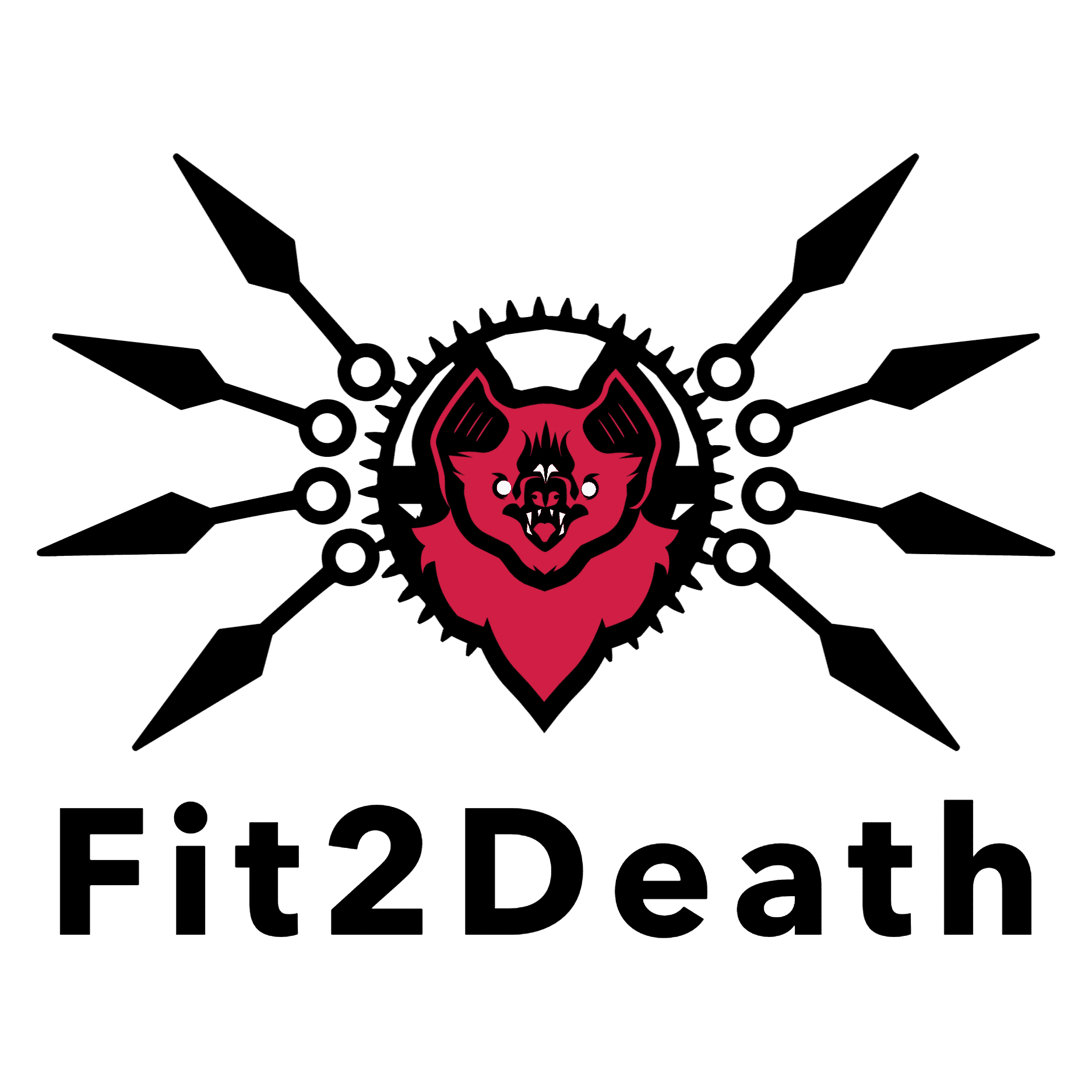Which one is right for you?
This Bo Staff buying guide is here to help you find the perfect staff for your martial arts journey. The staff is a prominent weapon in many Asian martial arts, including Japanese arts like Bojutsu, Jojutsu, and Hanbojutsu, as well as Aikido, Kung Fu, Silambam, Kobudo, Krabi-Krabong, and Tae Kwon Do.
The bo staff is one of the primary types of staffs used in martial arts. At Fit2Death, we offer a variety of staffs to suit different martial arts styles, from the ProForce® Competition Bo Staff to the Foam Padded Staff. Explore our full range of Bo Staffs here.
The Japanese Bo Staff
The bo staff originated in Okinawa, where it was used as an alternative weapon. When Emperor Sho Shin took control of the island in 1477, he banned weapons to keep the peace. However, this ban proved impractical when the Shimanzu clan invaded in the 17th century. Since they lacked other weapons, residents picked up their farming tools and began using them to defend themselves. The bo was born as a result. Traditional bo staffs are made of oak wood. Modern versions, such as the ProForce® Dragon Competition Bo Staff, can be made from several different hardwoods. The Bo was traditionally around 6 feet long, but the length sometimes varied.
Other Staff Varieties
The bo staff is not the only weapon of its kind; warriors have been fighting with sticks and poles for millennia, and many cultures incorporate staff combat into their martial arts. Even within Japanese martial arts, there are other varieties of this weapon.
- Jo: A jo is another type of Japanese staff. It is shorter than a bo and usually measures around 4 feet long. However, many modern products still use the term “bo” to describe this length. You can use it in martial arts such as Jojutsu.
- Sectional Staff: A three-sectional staff is usually called a Sansetsukon in Japan and a Sanjiugun in China. It originated in China, where warriors originally used it in combat. Its chained joints let the different parts move around during use, which creates more dynamic combat conditions.
- Gun Staff: The Chinese gun staff is similar to a bo, but is usually constructed with lighter materials such as rattan. It is used in martial arts such as kung fu.
Bo and Staff Materials
Bo Staffs are made with a wide variety of materials. The right choice for you depends on a number of factors, including what you want to use it for and your skill level. Choosing the right type of staff can help you avoid injury.
- Wood: Traditional staffs such as the bo were originally constructed from wood. Oak wood is still the material of choice for traditional practitioners of Japanese martial arts. Hardwood is also a good material for strength training, as it is heavier than many other materials. Many competition staffs, such as the ProForce® Competition Bo Staff, also feature hardwood materials. Beginners may want to opt for lighter woods and materials.
- Rattan: Technically, rattan is a stem, which makes it much lighter in weight than hardwood. This is the material of choice for traditional gun staffs. Its low weight makes it easier to train with, and it is a better choice for novice martial arts practitioners.
- Heavy Polypropylene: Strong and durable, the new ProForce® Polypropylene Staff is weighted for training and is available in three sizes. The heavier weight allows you to perfect your skills in training and perform better in competitions with lighter demonstration staffs.
- Foam: Some staffs feature foam coating over harder materials, which offers a layer of padding between you and your opponent. This padding helps reduce bruising and injury, which makes it ideal for beginners. If you’re an absolute beginner, you may want to consider training with a flexible staff made entirely of foam, as this will not hurt when it makes contact with the body.
Bo Staff Size
Your height should determine the size of bo staff you choose. Ideally, it should be slightly shorter than you. So, if you are tall, a full-sized 6-foot bo staff may be a good fit for you. If you are on the shorter side, you may find that a smaller staff is a better fit.
Quality Staff Construction
A high-quality staff makes a huge difference to your training and competition activities. Wood is a strong material, but it can break upon harsher impacts. This is also a safety issue as broken wood can splinter and injure you or your opponent. A good quality staff withstands greater impact, so you can focus on your skills and performance, not whether your weapon will break or splinter.

